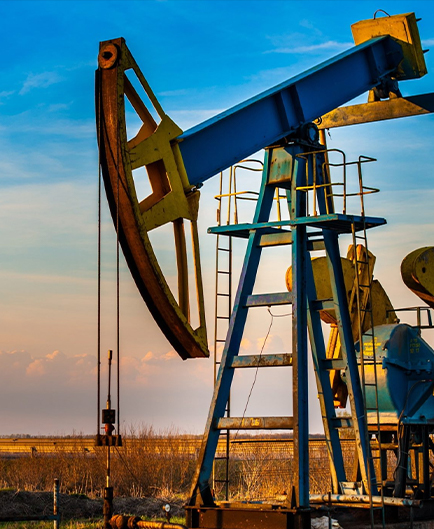- Afrikaans
- Albanian
- Amharic
- Arabic
- Armenian
- Azerbaijani
- Basque
- Belarusian
- Bengali
- Bosnian
- Bulgarian
- Catalan
- Cebuano
- Corsican
- Croatian
- Czech
- Danish
- Dutch
- English
- Esperanto
- Estonian
- Finnish
- French
- Frisian
- Galician
- Georgian
- German
- Greek
- Gujarati
- Haitian Creole
- hausa
- hawaiian
- Hebrew
- Hindi
- Miao
- Hungarian
- Icelandic
- igbo
- Indonesian
- irish
- Italian
- Japanese
- Javanese
- Kannada
- kazakh
- Khmer
- Rwandese
- Korean
- Kurdish
- Kyrgyz
- Lao
- Latin
- Latvian
- Lithuanian
- Luxembourgish
- Macedonian
- Malgashi
- Malay
- Malayalam
- Maltese
- Maori
- Marathi
- Mongolian
- Myanmar
- Nepali
- Norwegian
- Norwegian
- Occitan
- Pashto
- Persian
- Polish
- Portuguese
- Punjabi
- Romanian
- Russian
- Samoan
- Scottish Gaelic
- Serbian
- Sesotho
- Shona
- Sindhi
- Sinhala
- Slovak
- Slovenian
- Somali
- Spanish
- Sundanese
- Swahili
- Swedish
- Tagalog
- Tajik
- Tamil
- Tatar
- Telugu
- Thai
- Turkish
- Turkmen
- Ukrainian
- Urdu
- Uighur
- Uzbek
- Vietnamese
- Welsh
- Bantu
- Yiddish
- Yoruba
- Zulu
Understanding the Role of Tubing Coupling in Oil and Gas Pipeline Operations and Maintenance
The Importance of Tubing Couplings in Oil and Gas Operations
In the oil and gas industry, the extraction of valuable resources from underground reservoirs relies heavily on a range of specialized equipment and components. Among these, tubing couplings play a crucial role. These devices are not just simple connectors; they are engineered components that ensure the efficiency and safety of well operations.
Understanding Tubing Couplings
Tubing couplings are joints used to connect sections of tubing in oil and gas wells. They provide structural integrity to the tubing and facilitate the movement of fluids and gases from the reservoir to the surface. Typically made from high-strength steel alloys, these couplings are designed to withstand extreme pressures and temperatures that are commonly encountered in deep well operations.
Types of Tubing Couplings
There are various types of tubing couplings, each tailored for specific applications. The most commonly used are the screwed and welded couplings. Screwed couplings, also known as threaded couplings, allow for easy installation and removal, making them popular in temporary setups or for maintenance. Welded couplings, on the other hand, provide a permanent connection, ensuring a continuous flow path, which is vital in deep and high-pressure wells.
Specialized couplings are also available, such as premium couplings which offer enhanced performance and resistance to wear and corrosion. These are essential in harsh environments, ensuring longevity and reducing the need for frequent replacements.
The Role of Couplings in Efficiency and Safety
tubing coupling

The primary function of tubing couplings may seem straightforward—connecting sections of tubing—but their impact on efficiency and safety cannot be overstated. A properly installed and high-quality coupling minimizes the risk of leaks, which can not only lead to loss of product but also pose environmental hazards. Leaks can introduce harmful substances into groundwater or surrounding ecosystems, leading to significant regulatory and cleanup costs.
Furthermore, the integrity of the coupling impacts the overall pressure balance within the well. If a coupling fails, it can lead to pressure drops or spikes that may jeopardize the well’s stability, potentially causing catastrophic blowouts. Therefore, regular inspection and maintenance of tubing couplings are critical factors in ensuring safe and efficient operations.
Advancements in Coupling Technology
With advancements in materials science and engineering, the manufacturing of tubing couplings has evolved significantly. Modern couplings are designed using sophisticated simulations and testing methods, ensuring they can withstand the rigors of modern drilling techniques, including horizontal and high-pressure drilling. The use of corrosion-resistant alloys has become more prevalent, further extending the life of these vital components.
Additionally, some manufacturers are now incorporating smart technology into tubing couplings. These smart couplings can monitor pressure changes and detect early signs of failure, providing operators with real-time data and allowing for proactive maintenance. This innovation not only enhances safety but also optimizes operational efficiency.
Conclusion
In conclusion, tubing couplings are essential components in the oil and gas industry, serving as the backbone of well construction and fluid transportation. Their reliability directly influences the safety and efficiency of drilling operations. As technology continues to advance, the evolution of tubing couplings will play a significant role in optimizing resource extraction while minimizing environmental impacts. Understanding the importance of these components is paramount for industry professionals dedicated to the responsible management of natural resources. As the industry moves forward, the emphasis on quality and innovation in coupling design will remain critical in achieving both operational excellence and environmental stewardship.
-
Tubing Pup Joints: Essential Components for Oil and Gas OperationsNewsJul.10,2025
-
Pup Joints: Essential Components for Reliable Drilling OperationsNewsJul.10,2025
-
Pipe Couplings: Connecting Your World EfficientlyNewsJul.10,2025
-
Mastering Oilfield Operations with Quality Tubing and CasingNewsJul.10,2025
-
High-Quality Casing Couplings for Every NeedNewsJul.10,2025
-
Boost Your Drilling Efficiency with Premium Crossover Tools & Seating NipplesNewsJul.10,2025







